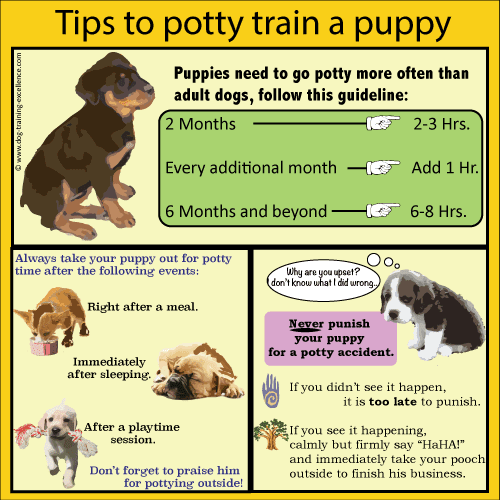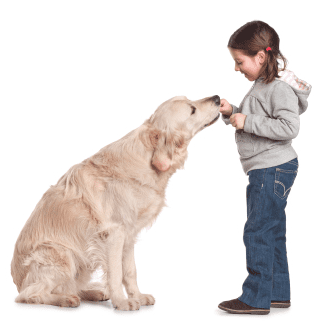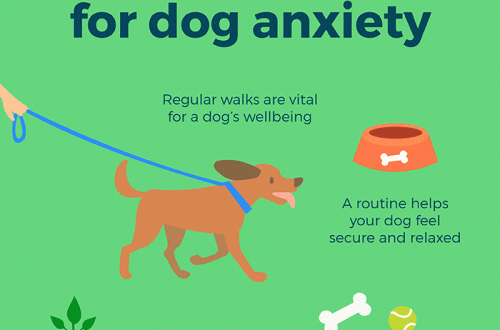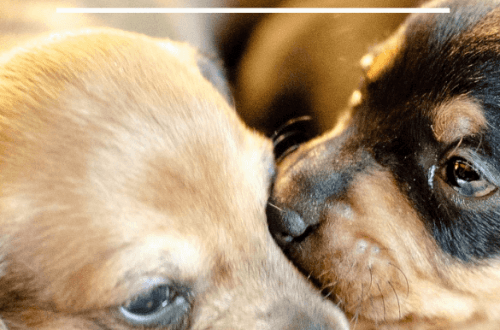
4 useful tips for training puppies
When you decide to get a dog, you probably think that puppy training will bring you a lot of joy. And when you imagine a small dog frolicking on a walk, chewing on his leash, you certainly don’t think of puddles of urine all over the place or sleepless nights due to incessant barking and squealing. However, just because you’re having some trouble, doesn’t mean that learning how to train a puppy is difficult. It can be just as fun as you imagined. If you have been wondering how to train a pet so that both you and him are interested, read on. It takes patience to raise a puppy. These four dog training tips will get you started on your journey.
Contents
1. Start with sleep training.
Did you think that only small children should be taught to sleep? Bullshit (sorry, bad pun). Puppies need to be helped to learn proper sleep patterns in the same way that children do. How quickly will the puppy get used to it? If you haven’t taken your dog home yet, be prepared for the first few days, or maybe even weeks, that you may have difficulty falling asleep. Why? Well, besides the fact that the “child” is studying the world around him, he is still in a completely new environment, and adaptation to it is not easy for him. First of all, the puppy must be accustomed to his place.
Start introducing your four-legged toddler to the differences between day and night with a few small steps. First, organize a cozy place where he will sleep. A luxurious dog bed or soft blankets in an aviary will make your evening routine more comfortable. It’s time to turn off the light. While you might think that keeping the lights low will make your puppy feel calmer, you are forgetting that your job is to teach your pet the difference between day and night. Like humans, dogs produce the sleep hormone, or melatonin, says Preventive Vet. Since light affects the production of melatonin, a dark room is essential. In addition to lights, you should also turn off or cover all phones and TV screens.
It’s time for learning. Like small children, your puppy may wake up in the middle of the night because he needs to relieve himself. Do not deny him this, but at the same time do not this event. If your dog wakes you up and you think he needs to go to the toilet, take him outside, avoiding eye contact and keeping verbal interaction to a minimum. If a puppy is begging for attention, the most important thing is to ignore him. While it’s hard to ignore the pitiful whining of a sad puppy (especially if it woke you up), it’s important that he understands that he’s supposed to sleep at night, and you’re not here to pay attention to him.
Remove all food and treats a few hours before bedtime, but be sure to take your pet out a few more times to empty its bladder. You can also play with him a couple of hours before bedtime to get him tired. But don’t play with him right before going to bed, because then his body and mind will be active and he won’t be able to sleep. Give him some time to feel tired after the game, and you yourself will not notice how he falls asleep.
And finally, be patient. Sleep training requires patience and consistency. Once your pup learns positive sleep habits, everyone can get back to their perfect sleep.
2. Become leash buddies.
Is your puppy making puddles on the floor, or worse, is he sneaking into different rooms to leave heaps? One of the easiest ways to avoid trouble with a young pet is to always keep it close to you. While it might not be easy, especially if you’re busy cleaning, cooking, playing catch-up with the kids, or just lounging on the couch after a long day at work, don’t get discouraged. There’s an easy way to keep your pet close, no matter what you’re doing.
Put a leash on it and attach its end to the belt loop, choose a short leash – so the puppy will always be at a distance of a meter from you. Then, when you notice that he starts to get nervous or whine, you can immediately run him outside to practice toilet training.
Of course, this tip won’t work when you’re in the shower, but in that case, you can just leave your dog to rest on the bath mat.
3. Hang bells on the door.
Ding-ding-ding! Someone needs to go to the toilet! How do you know? Well, if you teach your dog, while she’s still a puppy, to ring a bell that you’ve strategically placed on the door, you won’t have to guess when it’s time for her to go outside. This is one of the tips for raising puppies that will be useful to you all her life. Teaching your pet this trick is very easy and fun. Just buy or make your own some wind chimes and hang them on your doorknob. The length should be long enough that the dog can either reach them with his paw or push with his nose when he wants to tell you that it is time for him to go outside.
At first she won’t know what to do with the bells. She may or may not like this sound, as it is unfamiliar to her, so you should look lively and joyful every time you ring the bell while going for a walk with your pet. If you use a special word like “Pot!” or “Walk!” When teaching your dog to use the toilet, say it while ringing the bell and opening the door. Hearing the bells ring every time he goes outside to do his business, ends up As a result, the puppy will associate this sound with the toilet. After a while, try ringing the bell with your dog’s paw instead of your hand. Reward the puppy every time he takes the initiative, so accustoming to walking will be much more effective. Eventually he will do it himself.
Since dogs are very curious by nature, the opportunity to go outside is a joyful event for them. Once they start to associate the bell with going for a walk, they may develop a bad habit of ringing it just to go explore the area instead of going to the bathroom. There are several ways to prevent your dog from becoming a habit. It is very important to keep the same schedule. Over time, your puppy will remember when it’s time to go for a walk to do his business, so if you’ve only recently taken him out, don’t give in to his demands. Use this strategy with caution, because puppies need to relieve themselves quite often while they are still learning to endure, so if you ignore him for too long, he can make a puddle in the house. The second strategy is to praise your dog and give him a treat right after he does his outdoor chores. This will help her associate the ringing of the bell with going outside for the specific purpose of going to the bathroom. If she rings the bell and doesn’t do chores outside, don’t reward her with treats or praise—only use them as methods to encourage the right behavior from the bell to the bathroom. In the same way, you can use bells when accustoming to a tray in an apartment.
4. Choose the right words.
Obedience training can be a lot of fun! This is the right time to use words and physical cues to teach your puppy to follow commands such as “Sit”, “Down” and “Come”. Here’s a tip you can put into practice right away: Be specific about the words you use so that your client understands exactly what you want from them. For example, the “Come to me” command when you want him to come back to you after playing outside or coming to the kitchen to eat may seem logical at first. But eventually, after training is complete, your dog may not respond as often to a general command. Instead, use commands such as “Home” when you want the puppy to come back to the house, or “Dinner” when it’s time to eat. Likewise, be specific and use commands like “Walk” instead of “Outside” or “Sleep” instead of “Upstairs.”
You may not speak the same language, but the more clearly you communicate with your puppy, the more words from your vocabulary he will remember.
Puppy training can be quite tiring, but it can also be one of the most fun and rewarding activities for both of you. This is a great time to strengthen the bond between you. After all, not only will your dog recognize you, but you will also recognize him. Do you have your own puppy training tips that you would like to share? Go to the Hills page on social networks and write to us about it.





